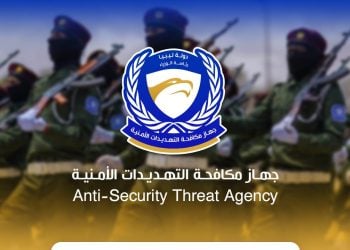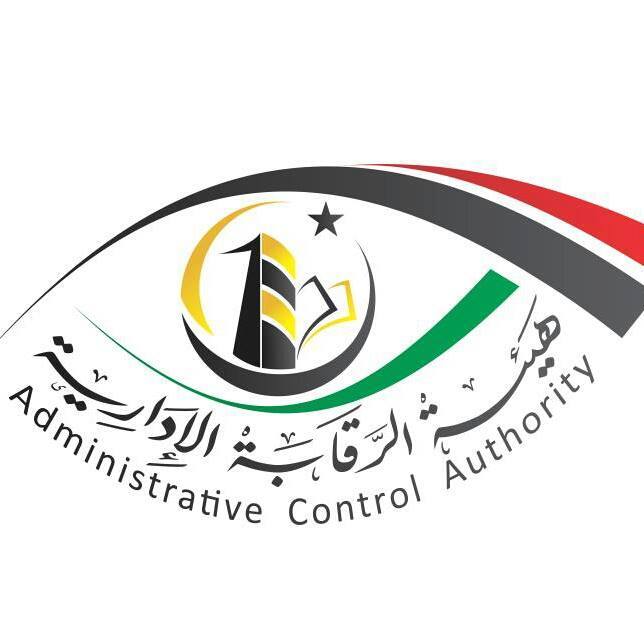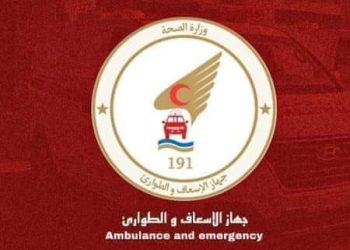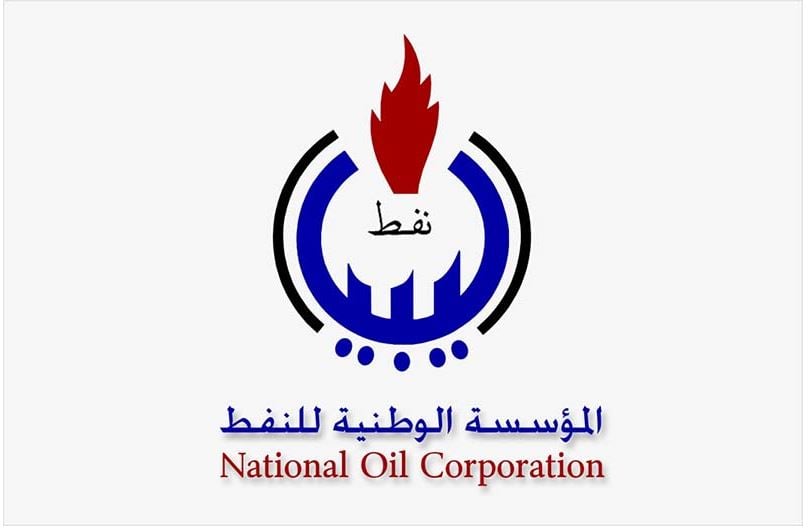Violent militia clashes erupted over the Eid holidays in Zawia leading to at least four deaths and over a hundred evacuated.
The initial clashes on 23 April were between two of the most powerful militias in the city headed by Hassan Buzriba and Mohamed Bahrun (also known as Al-Far “The Mouse”) respectively.
The clashes were revenge attacks over the killing of a member of one of the two militias by a member of the other.
An initial ceasefire on 24 April was negotiated by the local 103 Battalion, commanded by Othman Al-Lahab. However, the ceasefire did not hold.
Video of alleged torture by foreign mercenaries complicates scene
There were demonstrations held on 26 and 27 April mainly by youth against the clashes, but also against a video circulating on social media. The video purported to show foreign mercenaries torturing Libyans.
The demonstrators issued a 12-point declaration demanding security, social and council reforms. They also called for civil disobedience.
Specifically, their demands called for “suspending the municipal council and its members and holding them accountable, holding new municipal elections, suspending the Zawia Security Director of and bringing him before the judiciary, ending the phenomenon of armed and armoured cars once and for all from the city, and moving military headquarters outside it.”
The youth also demanded the abolition of what they called “illegal legitimacy” issued by the Ministries of Interior and Defence (to militias), “suspending the current Joint Security Force and re-forming it, arresting African mercenaries affiliated with gangs and security services, and raiding illegal immigration dens.”
They then barricaded the headquarters of the Municipal Council and there were reports of the closure of the court’s headquarters. Additionally, several residents blocked the coastal road passing through Zawia.
Mishri says government ignoring Zawia
Meanwhile, the head of the High State Council (HSC), Khaled Mishri, accused the Aldabaiba government of ignoring the city of Zawia, his hometown.
He said the government was ignoring what is happening in the fourth largest Libyan city – only 40 kilometres away from its PM’s office.
He added that in light of the complete collapse of national security and the encroachment of Libyan lands by illegal immigration that has reached the point of forming criminal gangs, the government has been busy employing state funds and its executive institutions for the purpose of survival and continuity.
Mishri said the Aldabaiba government liked being a government of one city with the coffers of the Central Bank of Libya open to it without controls, and it is preoccupied with holding parties and organizing imaginary forums made it ignore what is happening in the fourth largest Libyan city.
Calm has now descended on the city after local tribal leaders, elders and the Aldabaiba Chief of Staff, Mohamed Al-Hadad, held meetings.
Analysis
Fight for smuggling rights and money
These confrontations between the forces of Al-Far and Buzriba have been ongoing for years. The two have long been bitterly opposed to each other.
Although at one stage their clashes were, or at least were explained, through a tribal, political or ideological prism, today their deadly clashes are over smuggling and other money-making rights. At the centre of this ongoing clash is control and access to Libya’s subsidised fuel through Zawia refinery.
The need for a strong government – monopoly on use of force
Another short-term ceasefire may have been found this week. But the root cause of Zawia’s problems remain. Two heavily armed and strong militias, no central government monopoly on the use of force and subsidised fuel on offer. Zawia’s rivalries are unlikely to be ended until there is a strong and effective government in Tripoli.
The continuing militia clashes in Zawia – just 49 km and less than an hour’s drive west of Tripoli – is indicative of the limited power of the Tripoli based Libyan government of Abd Alhamid Aldabaiba. For several days after the clashes erupted, the Aldabaiba government made no comment. The silence was deafening and telling.
With UNSMIL hoping for elections by the end of this year or early in 2024 – the lack of control by the central government of its fourth largest city does not bode well.
Pro Aldabaiba and pro Bashagha militias clash in Wirshafana area (libyaherald.com)
Major Tripoli militia clashes result in 32 deaths and 159 injuries (libyaherald.com)
Aldabaiba calls for closing of central Tripoli militia barracks (libyaherald.com)
Aldabaiba strikes at opponent Nawasi militia revenue earning projects (libyaherald.com)
More Tripoli militia clashes as the battle for legitimacy continues (libyaherald.com)
Misrata militia clashes increase Libyan tensions (libyaherald.com)











